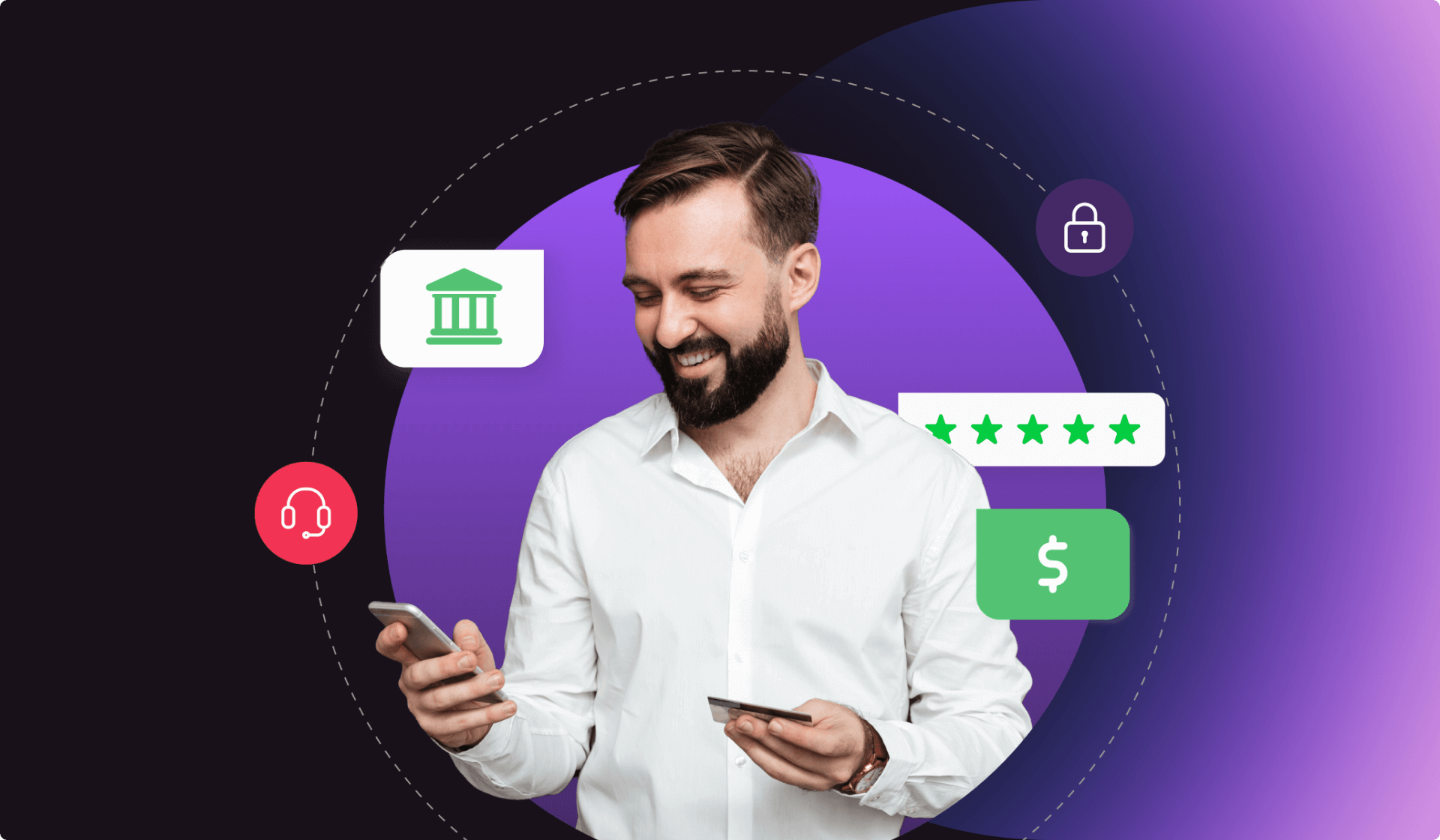Aivo November 2025: Smarter AI. Precise Attribution. Total Control.
At Aivo, we’re transforming how businesses connect with their customers—moving from automated replies to intelligent, outcome-driven conversations.
Read the post
At Aivo, we’re transforming how businesses connect with their customers—moving from automated replies to intelligent, outcome-driven conversations.
Read the post